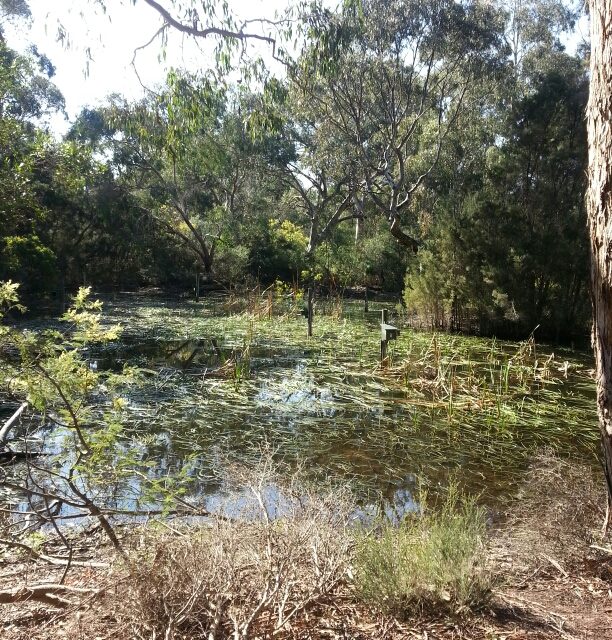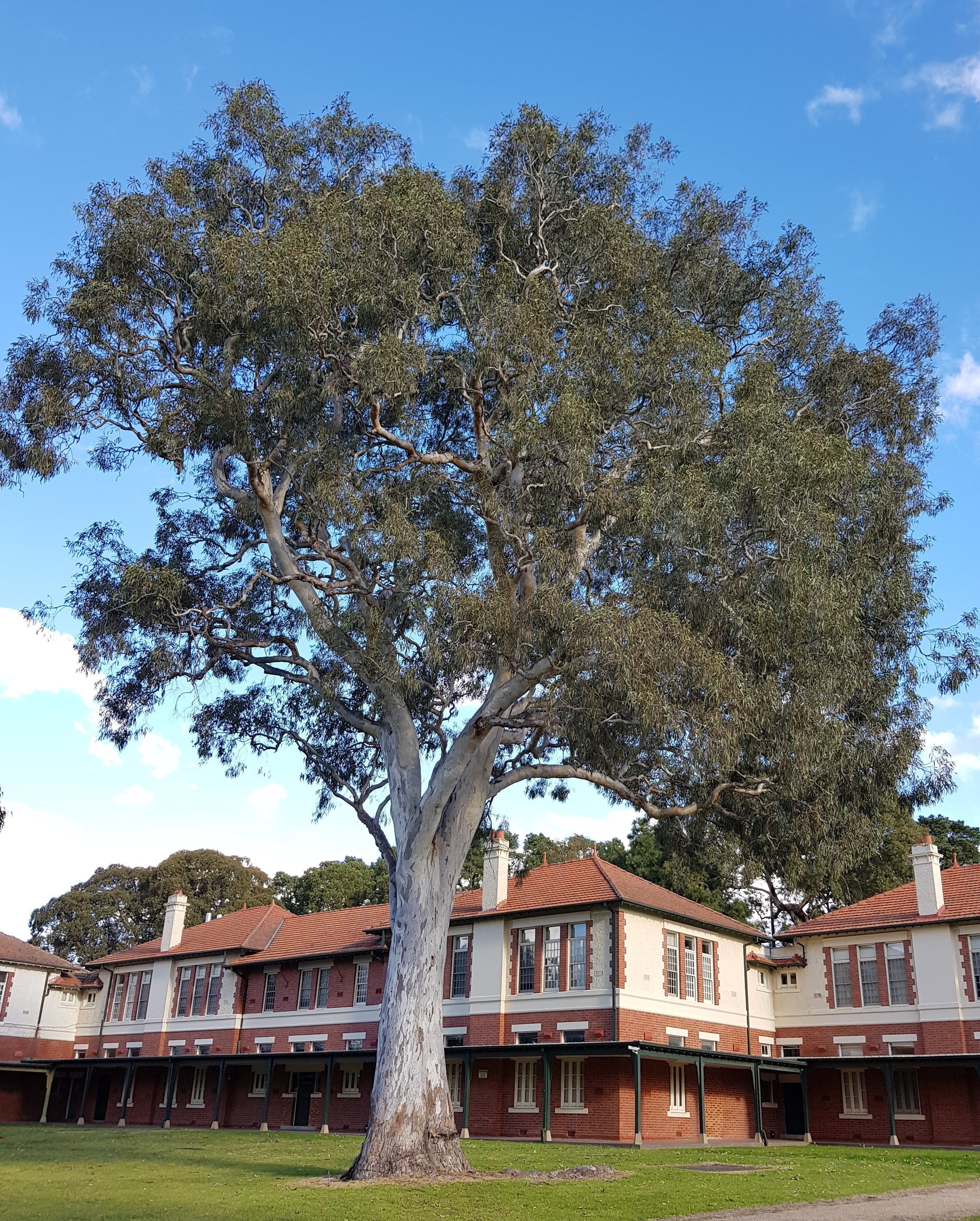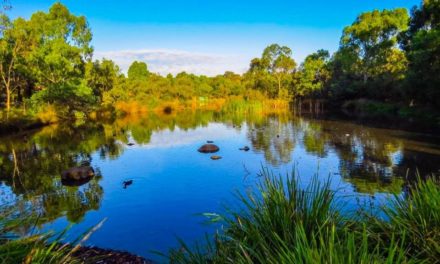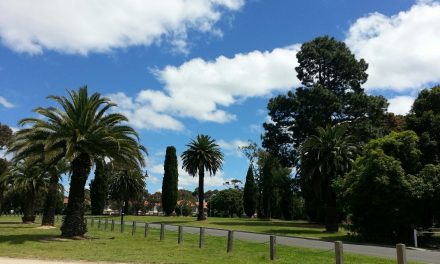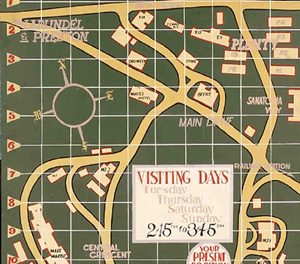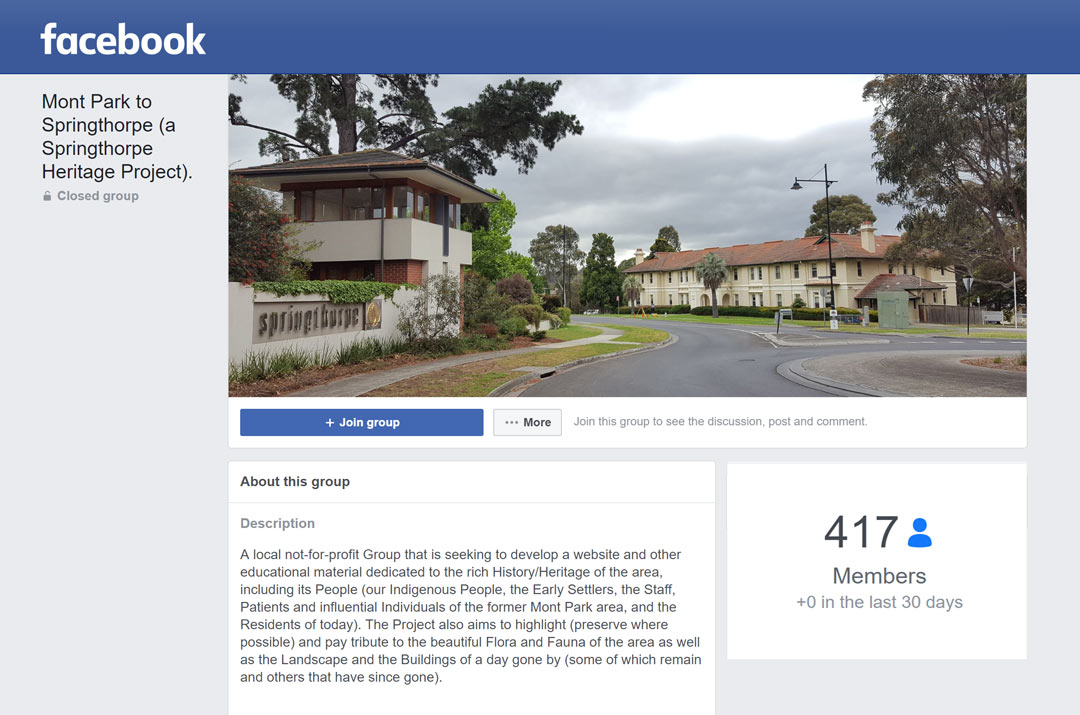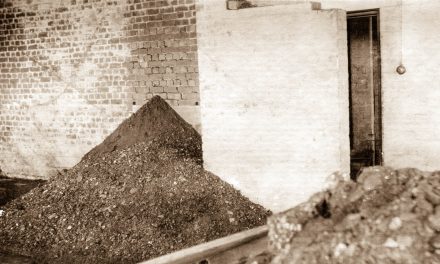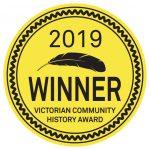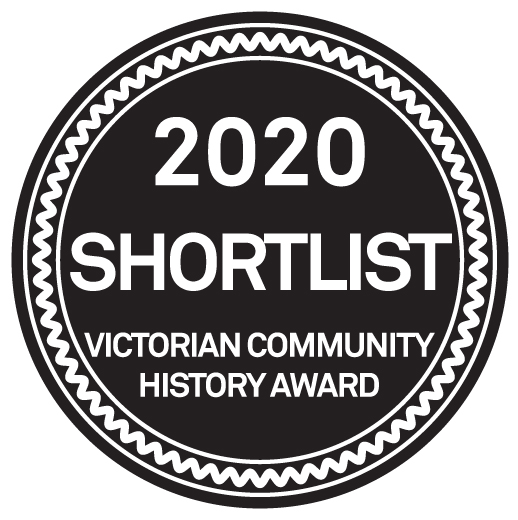The Wurundjeri people utilised the Bundoora area before white settlement and some of the remaining river red gums show scars on the trunks where bark was removed to form shelters and objects for cooking. There is one scar tree in the La Trobe University Wildlife Sanctuary indicating a canoe shape had been cut from the bark.
The first white settlers farmed the area and the Wildlife Sanctuary still has a few very old red gum and yellow box timber fence posts.
Mont Park cricket, tennis and croquet fields were in what is now the Wildlife Sanctuary
Some areas of Mont Park were cleared of trees and levelled so that they could be used as sports fields. Hugh Linaker was the landscape gardener who designed the layout of the area. A cricket pitch and oval were established for use of the Mont Park staff and patients before 1922, and continued to be used for many years by the local cricket clubs. Patients from the hospitals sometimes enjoyed supporting teams during the football and cricket matches. The Bundoora Football Club was still using the oval in the 1960s and 1970s. The west side of the oval originally had a stand of poplars and there were very rustic changing sheds. (The current cricket pitch and oval outside the Chronic Wards/Terraces off Springthorpe Drive is a much newer addition to the Springthorpe area.)
A tennis court was also situated in the Sanctuary area from early times, and even a croquet lawn from about 1927. These facilities were all used for inter-hospital competitions. Sports carnivals were a part of the annual calender at the Mont Park Hospital complex, with athletics and novelty events reported in the newspapers in the 1910s. Family and friends of the patients and staff attended.
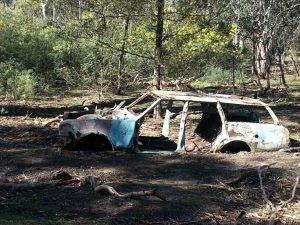
Former administrative staff report that they used to walk the kilometre down from the Larundel Hospital through the current Sanctuary area to deliver paper work to Mont Park management. Mick Lanigan was the general mail delivery person in the early 1960s, ferrying documents around the whole precinct every day. Subsequently he moved out to the Janefield Hospital site to help manage the farm activities out there.
The La Trobe University Wildlife Sanctuary was developed from 1964
Most of the 200 hectares between Larundel in the north-west corner of the ‘psychopolis’ and Mont Park in the south-east corner became part of the new La Trobe University campus from 1964. The Wildlife Sanctuary was fenced off from the university buildings, being outside the Ring Road which surrounded the campus.
The La Trobe University Conservation Society met in August 1967 to ensure that this special area on the university campus was reserved for native flora and fauna. Restoration and management of the indigenous plants and the wetlands has been ongoing since 1967. In the 1980s, visitors to La Trobe Wildlife Sanctuary included David Bellamy, the vivacious British botanist and conservationist and Bob Brown, Tasmanian environmental activist and politician.
The original 6.5 hectares has been extended to take in nearly 30 hectares. The University began to utilise more of the area and some of the surrounding Larundel and Mont Park buildings when the hospitals were closed in the 1990s.
Much of the Mont Park sports field area has regenerated with bush, but the locations of the ovals and courts are still marked on the Walking Tour Maps for the La Trobe Wildlife Sanctuary, as north-west of the Ernest Jones Hall behind Gate 9. See https://www.latrobe.edu.au/wildlife/downloads/LTWS-Walking-Map.pdf
The area is now a sanctuary for many native birds and has resident populations of kangaroos, possums, echidnas, micro bats, frogs and lizards. Of course there are also many butterflies, insects, worms and spiders. To the north-east of the La Trobe Wildlife Sanctuary are the 70 hectares of the Gresswell Nature Conservation Reserves managed by Parks Victoria. This area provides supporting natural habitats for local flora and fauna. For more information see ‘Mont Park – Springthorpe – Macleod flora and fauna: then and now’ https://www.montparktospringthorpe.com/flora-fauna/
The La Trobe Wildlife Sanctuary serves as a resource for university students and is available for the wider community and schools. There are interesting twilight tours for organised groups, or anyone can enjoy a relaxing self-guided tour from Sunday to Friday 10am – 3pm.
– Article and photos supplied by Kathy Andrewartha (2018)
Resources:
Athletic Sports at Mont Park Military Hospital, Weekly TimesNov 1919 with photographs https://trove.nla.gov.au/newspaper/article/222564850?
Breen, W.J. and Salmon, J.A., eds. (1989) Building La Trobe University: reflections on the first 25 years. La Trobe University Press, Bundoora.
Edwards, P. C. (1998) Towards a social history of La Trobe University Wildlife Reserve: an investigation of the ‘Historical dunny’ on the former Mont Park Hospital farm. La Trobe University, Melbourne.
Football at the Mont Park oval in the 1950s and 1960s https://www.montparktospringthorpe.com/profile-brian-luby/
https://www.montparktospringthorpe.com/playing-for-the-bundoora-bunnies/
La Trobe University Wildlife Sanctuary https://www.latrobe.edu.au/wildlife/about/history
Map of Wildlife Sanctuary showing tennis court, croquet lawn and oval https://www.latrobe.edu.au/wildlife/downloads/LTWS-Walking-Map.pdf
The Springthorpe area: a brief history. (2016) Springthorpe and La Trobe Heritage Project. Springthorpe. Melbourne.

